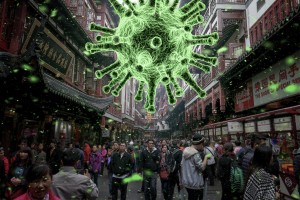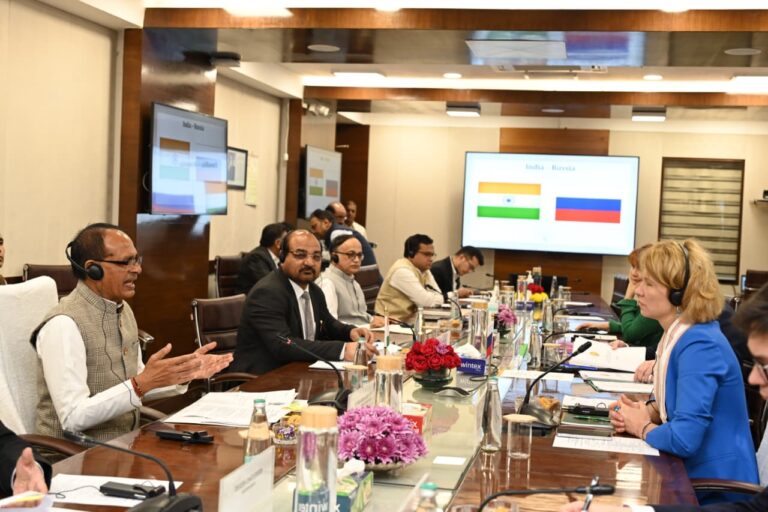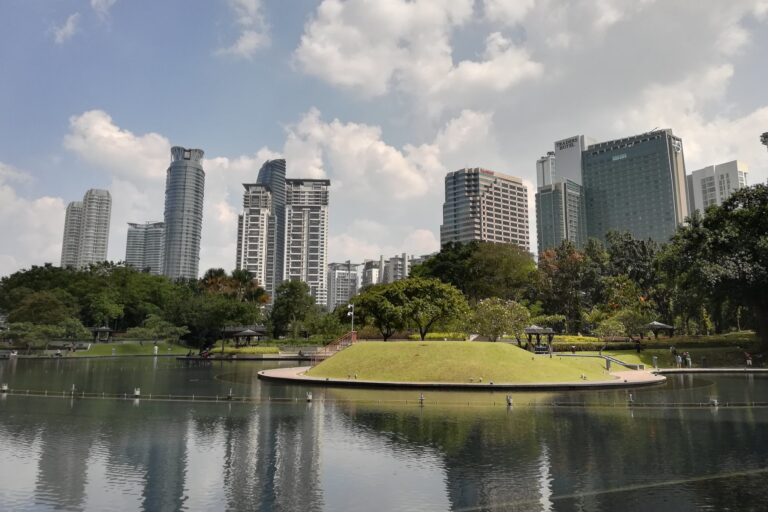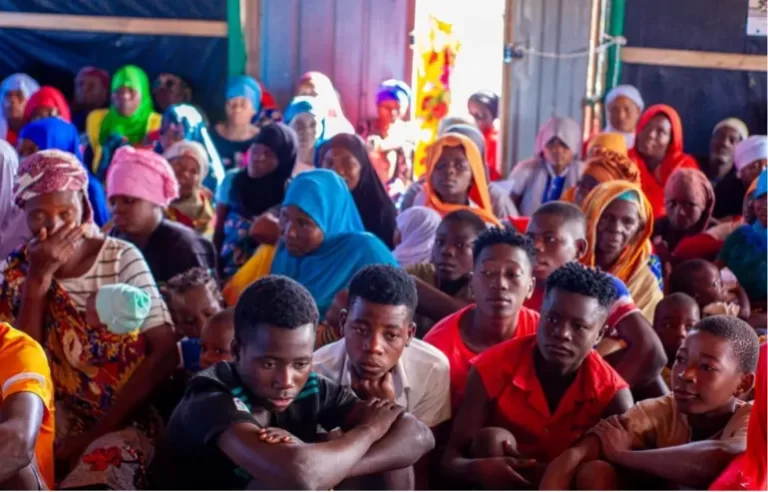
Perspective
 By Deepak Parvatiyar
By Deepak Parvatiyar
This week there has been more good news from vaccine trials, which continue to offer hope of ending the pandemic. World Health Organisation’s Chief Scientist Dr. Soumya Swaminathan told media persons in Geneva that she had been further encouraged by the preliminary results released from the clinical trials of the vaccine being developed by British-Swedish pharmaceutical firm AstraZeneca and Oxford University, after the promising reports on COVID-19 vaccines being developed by Pfizer and Moderna.
She though sounded cautious when she said “We need to wait and see the results both of the efficacy and the safety…” But, as she added, the “good news is that vaccines for COVID-19 are possible to make”. About the AstraZeneca vaccine, she felt it had huge logistical advantages for transporting and delivering this vaccine to cities, towns, villages and rural areas around the world as it could be stored at an ordinary refrigerated temperature of two to eight degrees.
Indeed the significance of this scientific achievement cannot be overstated. No vaccines in history have been developed as rapidly as these.

The present developments suggest that the initial pessimism is over. Only last week (on November 16), the WHO Director-General Dr Tedros Adhanom Ghebreyesus sounded the alarm at the WHO Executive Board that “We still have a long road to travel…”, and that, “A vaccine on its own will not end the pandemic”.
Later on November 20, he sounded more ominous during his press conference here: “This is a dangerous virus, which can attack every system in the body. Those countries that are letting the virus run unchecked are playing with fire. First, there will be further needless deaths and suffering. Second, as we featured two weeks ago in a press conference, we are seeing a significant number of people experiencing long-term effects of the virus”.
Also read:
- G-20 pledges over $21 billion to support funding in global health capacities; WHO commits to make Tokyo Olympics a success
- Vaccine on its own cannot end the COVID-19 pandemic, says WHO
- Global risk level of the COVID-19 pandemic is very high: WHO
Dr. Ghebreyesus had reasons to worry though. He was not just dogged by the ever-increasing Corona cases, but even by the concerns raised by the West in particular over his own role in handling the pandemic.
Much has already been written about his relationship with China — where the pandemic originated. Much explanation was being sought from him about the ongoing research on the virus. His decisions were being questioned by the West, the USA and even Australia.

Just consider that on July 8, the WHO had announced its experts would travel to China to prepare scientific plans for identifying the zoonotic source of the SARS-COV-2 virus. For this the experts were to work together with their Chinese counterparts and develop the scope and Terms Of Reference for a WHO-led international mission. The mission objective, as Dr. Ghebreyesus had then announced, was to advance the understanding of animal hosts for COVID-19 and ascertain how the disease jumped between animals and humans. This remains a grey area and raises enough concern after mink-related coronavirus strains were found in human beings in Denmark.
“Identifying the origin of emerging viral disease has proven complex in past epidemics in different countries,” a WHO release had then stated. It added that a well-planned series of scientific research would advance the understanding of animal reservoirs and the transmission route to humans. “The process is an evolving endeavour which may lead to further international scientific research and collaboration globally,” it had said.

However, sceptical of the WHO resolution “to identify the zoonotic source of the virus and the route of introduction to the human population”, the US Secretary of State, Mike Pompeo had said in July that he believed the results of the inquiry would be “completely whitewashed”.
Pompeo’s claim appeared correct when by August-end the bonafide of the WHO came much under attack when its two-member team tasked with investigating the origins of coronavirus did not visit Wuhan – where the first case of COVID-19 was traced at a seafood market in December 2019. The WHO team had remained in Beijing for three weeks.
This made the USA, Australia and some Western countries, on one hand, question Beijing’s commitment to identifying the source of the pandemic, and on the other, accuse the WHO of going soft on China for self-explanatory reasons. They did have reasons to make their accusations. Since 2014, China’s WHO contributions have grown by 52% to approximately $86 million. Even Dr. Ghebreyesus’s role is much under scanner as China was his important ally during the WHO Director-General’s election in 2017. As it is, since 2016, China has blocked Taiwan’s participation in the World Health Assembly and Tedros on the very next day after getting elected as the WHO DG, had extended the WHO’s support to Beijing’s “One China” principle that denounces the existence of Taiwan as a sovereign country.
In August, an Australian politician and former public servant and diplomat, Devanand Noel “Dave” Sharma, also a Member of Parliament of Australia’s ruling Liberal Party, had even gone to the extent of publicly stating that WHO was apparently “putting the political sensitivities of a member state above the public health interests of the world…”.
Today while addressing a virtual press conference from the WHO headquarters in Geneva, to a pointed question on the issue of transparency and access in the context of China, Dr. Maria Van Kerkhove, WHO Technical Lead COVID-19, defended Dr. Ghebreyesus, saying the WHO had released the terms of reference and also names of those who were on the international mission online. “That’s completely transparent…” She claimed. Elaborating on the issue she said the two-member team to China was sent to discuss with the counterparts there the nature in which the studies were needed to take place. “We have outlined phase 1 and phase 2 studies, they are already in the terms of reference (and) you can see that. Whereas the initial studies, the phase 1 studies need to take place in Wuhan looking at the earliest cases that were reported and identified in Wuhan, looking at these epidemiological studies that were done and several studies that are underway that need to be conducted by Chinese counterparts. International teams have met and are meeting with the Chinese to see how this could be supported through global collaboration. It is very technical and very science-oriented and very research-oriented because many many studies need to be undertaken. The international team will travel to China. That’s being discussed between the international team and Chinese counterparts and that will be arranged in due time.”
Dr. Michael Ryan, Executive Director of WHO Health Emergencies Programmes, reminded the media about weekly meetings with WHO member states and claimed these were very open and transparent dialogues. “We discuss every issue from vaccines to ACT (Access to COVID-19 Tools) Accelerator last week to the animal-human origins that is all the way through to surveillance and contact tracing…” On the issues of progress with animal studies…all expressed appreciations for the progress that was being made…” He conceded that “one member state did express some concerns regarding the phase 1 studies and ensuring that were completed as soon as possible. We reassured that member state that that would happen…” He said the WHO was now engaged in the process of finalising the legal documents of the international team members.
Dr. Ryan said China had assured the WHO that an international field trip to investigate the origins of the new coronavirus would be arranged as soon as possible, to ensure “that the international community can be reassured of the quality of the science”.
Wuhan market is “likely to have been a point of amplification” of virus transmission, but whether that was by human, animal or environmental spread is not yet known, he said, adding that there had been human cases that preceded that event.
“We will pursue those investigations over the next couple of months in phase 1 and hopefully move on to phase 2,” Ryan said.
However, the urgency is palpable. It may be noted that by November 20, the number of COVID-19 cases reported in just a month was more than what was reported in the first six months of the pandemic. There are obvious concerns about the huge challenges such as equitable distribution of vaccines once they are out, and related concerns about the funds that it required to accomplish this task. There has always been a real risk that the poorest and most vulnerable would be trampled in the stampede for vaccines.
Significantly, the commitment made by G-20 at its extraordinary meeting on November 22, to raising $21 billion to support funding in global health capacities, is now apparently a huge game-changer.
“At the G20 Leaders’ Summit on Saturday, it was very encouraging to hear world leaders expressing their support for WHO and their commitment to the ACT Accelerator. Thank you!,” Dr. Ghebreyesus said today. But he was quick to remind that US $4.3 billion was still needed immediately to support the mass procurement and delivery of vaccines, tests and treatments, and a further US $23.8 billion would be needed next year. He hoped that countries outside the G20 would also come forward to assist in accomplishing the task.
“This isn’t charity, it’s the fastest and smartest way to end the pandemic and drive the global economic recovery,” he said and referred to the International Monetary Fund estimates that if medical solutions can be made available faster and more widely, it could lead to a cumulative increase in global income of almost US $9 trillion by the end of 2025.
 “The real question is not whether the world can afford to share vaccines and other tools; it’s whether it can afford not to,” he said, but also sounded more confident saying that with the latest positive news from vaccine trials, “the light at the end of this long, dark tunnel is growing brighter”.
“The real question is not whether the world can afford to share vaccines and other tools; it’s whether it can afford not to,” he said, but also sounded more confident saying that with the latest positive news from vaccine trials, “the light at the end of this long, dark tunnel is growing brighter”.
“There is now real hope that vaccines – in combination with other tried and tested public health measures – will help to end the pandemic,” he said.
“The scientific community has set a new standard for vaccine development. Now the international community must set a new standard for access. The urgency with which vaccines have been developed must be matched by the same urgency to distribute them fairly,” the WHO Director-General said today.
He highlighted how in April, with support from multiple partners, WHO established the Access to COVID-19 Tools Accelerator to support the “fastest, most coordinated and successful global effort in history” to develop vaccines, diagnostics and therapeutics.
“More than 50 diagnostic tests are being evaluated and new rapid antigen diagnostics are being made available for low- and middle-income countries; Life-saving dexamethasone treatments are being rolled out, and new medicines including monoclonal antibodies are being tested; And 187 countries are now participating in the COVAX facility, to collaborate on the procurement and rollout of vaccines, ensuring the best possible prices, volumes and timing for all countries,” informed.
Importantly, COVAX is also analysing and supporting the systems for delivering vaccines and other COVID-19 tools, which have been mapped in four regions.





